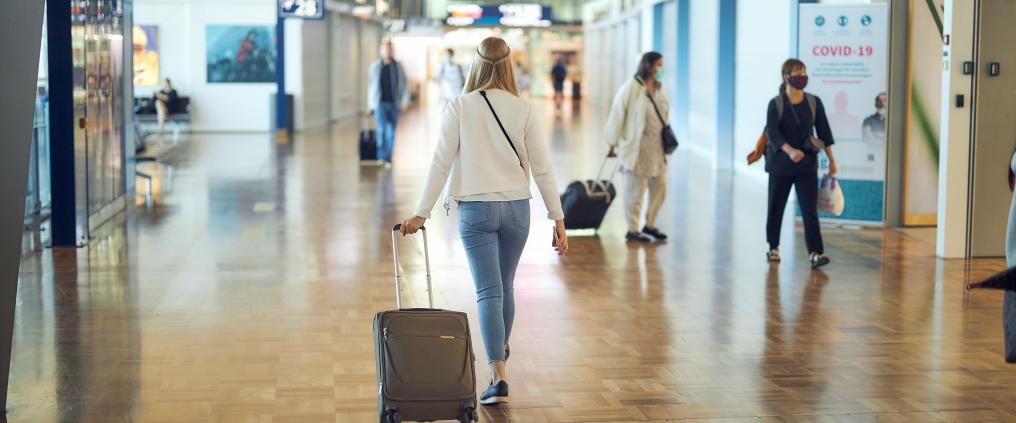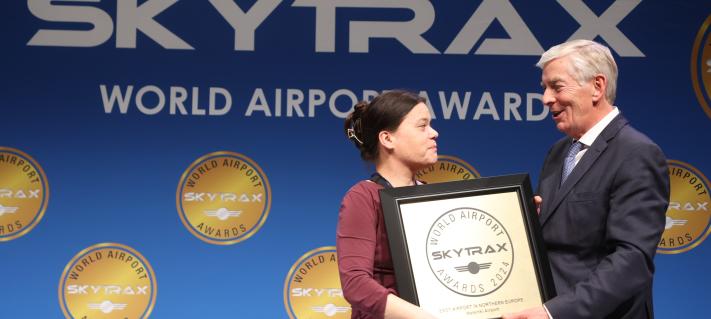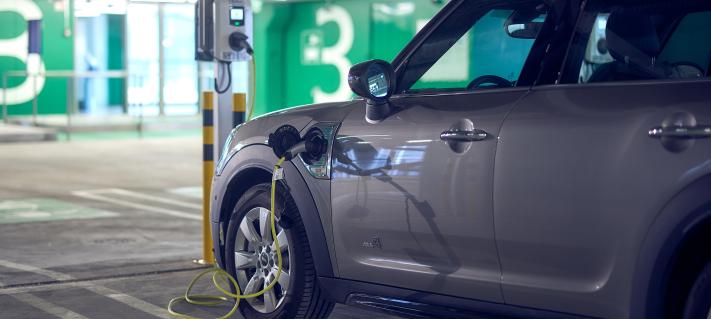As a result of a legislative amendment, starting from 12 July, the passenger has the legal responsibility to find out what is required of them when arriving in the country, the City of Vantaa states in a press release.
The passenger must go to one- or two-stage COVID-19 testing, unless they have certificates that exempt them from this. If a passenger arrives in Finland from a high-risk country without certificates, they can be referred to a health examination.
The City of Vantaa is responsible for health examinations at Helsinki Airport and its COVID-19 tests are free of charge.
If the passenger does not have any COVID-19 vaccinations or a certificate of a negative COVID-19 test, they must go to the first test immediately upon arrival and to the second test 72–120 hours later.
If the passenger has received one COVID-19 vaccination at least two weeks before or has a certificate of a negative test, they should only take the second test.
Fully vaccinated passengers do not need to go to the test if at least two weeks have elapsed since their last vaccination.
The City of Vantaa will conduct health examinations also as spot checks
Even when the requirements related to health examinations change, internal border control will continue. There are two separate entry control models in force simultaneously.
The definition of a high-risk country has been 25 new cases per 100,000 persons in the last 14 days. This definition will become stricter as a result of the legislative amendment and the related decree of the Ministry of Social Affairs and Health. In the future, a higher proportion of passengers will be defined as coming from high-risk countries as the limit has now changed to more than 10 new cases per 100,000 persons in the last two weeks.
Thus far, all passengers from high-risk countries have been referred to a health examination. In its press release, the City of Vantaa states that health examinations can also be conducted on the basis of a risk assessment and as spot checks.
Pass the queue with Finentry
Using the Finentry service significantly speeds up the arrival in Finland. By registering with Finentry, the passenger receives instructions on the necessary COVID-19 tests and can book a test appointment.
It is a good idea to do this in the departure country. Once the passenger has done this, they will receive a message on their mobile phone that enables them to avoid a health examination at the airport. However, passengers can always go to a COVID-19 test at the airport if they wish to do so.
On Monday, 12 July, Finavia will reopen Terminal 1 due to the additional space required by health security processes and the slight increase in the number of passengers. In addition to the departures and arrivals halls, Finavia will open additional space for passengers in the gate area.
Since the beginning of 2020, Finavia has been enhancing communications with passengers on hygiene guidelines, improving the cleaning of surfaces at airports and changing passenger processes so that the requirements in force can be met.
Read more



